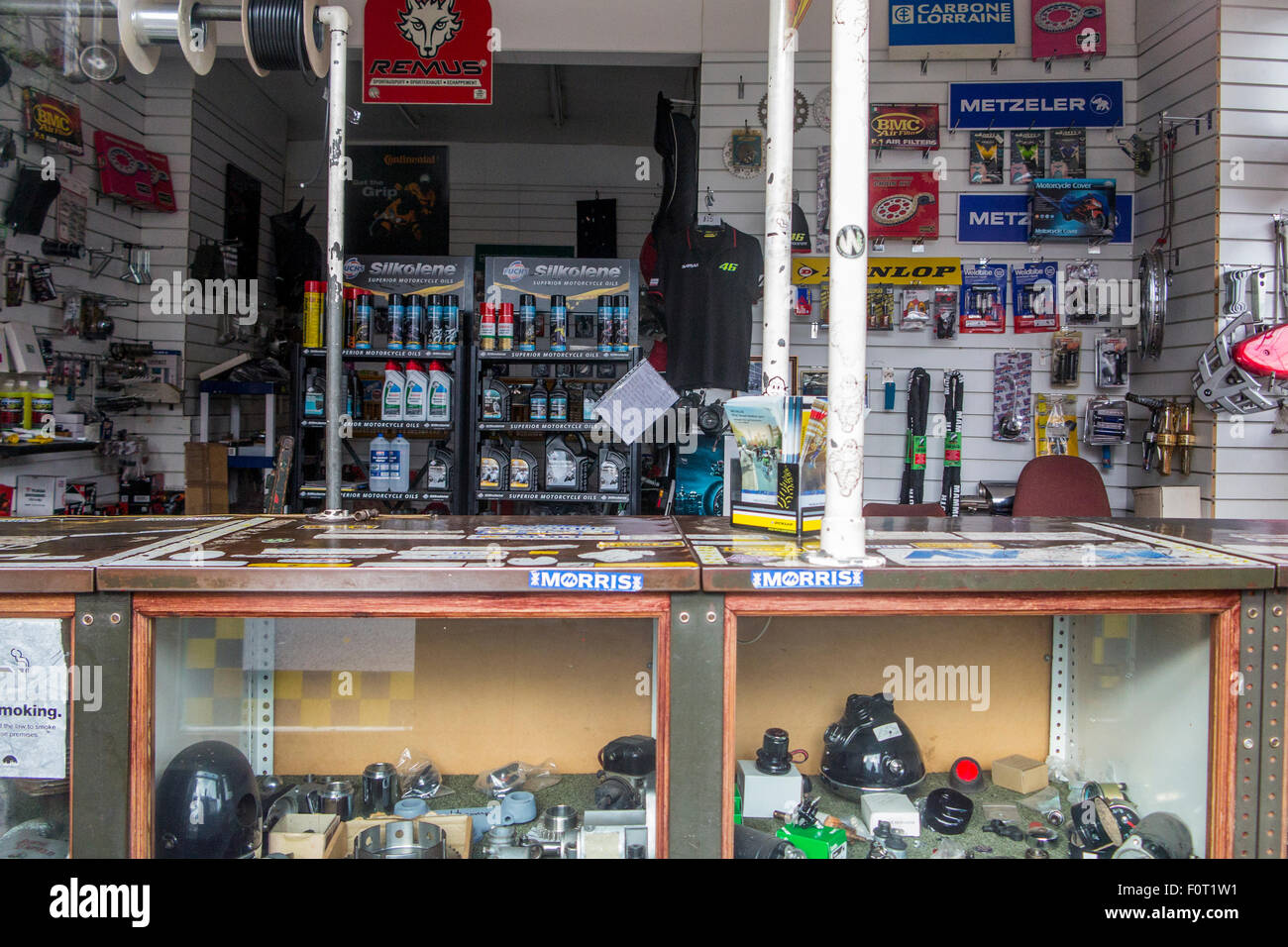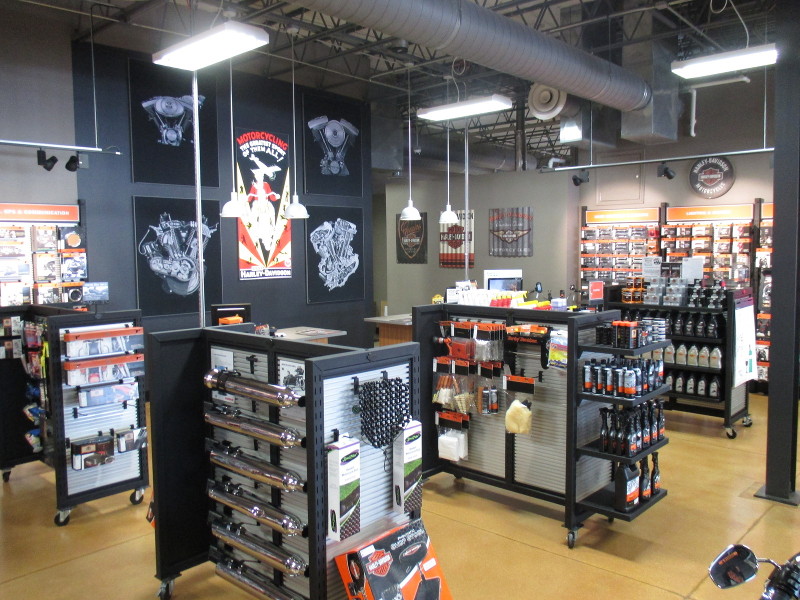Unleash Performance with Costs Motox Parts NZ Available Below
Unleash Performance with Costs Motox Parts NZ Available Below
Blog Article
Comprehending the Vital Components of a Motorcycle: A Comprehensive Overview for Enthusiasts
For bike fanatics looking to raise their riding experience and ensure their bikes run efficiently, comprehending the necessary elements of a motorcycle is paramount. Each component, from the engine's complex functions to the essential role of the stopping systems, not only impacts performance yet likewise safety and convenience.
Engine Elements

The camshaft plays a vital role in managing the timing of the engine's valves, ensuring the accurate opening and closing required for reliable gas and air consumption, along with exhaust expulsion. This timing is important to keeping optimum engine efficiency and efficiency. Additionally, the carburetor or fuel injection system, depending on the motorcycle design, is in charge of mixing air with fuel in the right ratio for combustion.
The cooling system, either air or liquid-based, works to maintain the engine's temperature level within functional restrictions, preventing overheating and making certain long life - mx parts nz. Each part, meticulously designed and incorporated, adds to the smooth procedure of the engine, defining the motorcycle's power output and total efficiency
Transmission System
Indispensable to the bike's performance, the transmission system makes sure effective power transfer from the engine to the wheels. This system comprises numerous essential parts, consisting of the clutch, gearbox, and last drive, each playing an essential function in translating the engine's power right into motion. The clutch, normally operated by a hand bar, offers to disengage the engine and involve from the transmission, permitting smooth gear adjustments and controlled acceleration.
The transmission, typically referred to as the transmission correct, consists of a set of equipments that bikers can manually change with to readjust the bike's speed and torque result. These equipments are organized in a series that allows the motorcycle to increase smoothly and keep ideal engine efficiency across numerous speeds. The majority of motorbikes make use of a sequential gearbox, calling for the motorcyclist to shift equipments in a predetermined order.
Braking Mechanisms
While comprehending the transmission system is essential to taking advantage of a motorcycle's power, similarly important is the capacity to control and stop that power properly, which is where braking systems come into play. Brakes are vital for safety and performance, giving the biker with the needed control to navigate numerous terrains and problems. Generally, bikes feature two kinds of stopping systems: disc brakes and drum brakes.
Disc brakes are more common in modern-day bikes due to their remarkable efficiency. They are composed of a brake disc, caliper, and pads. When triggered, the caliper presses the brake pads versus the spinning disc, converting kinetic energy into warm, therefore slowing the wheel. This system provides much better warmth dissipation, consistent performance, and enhanced stopping power, particularly in damp problems.
On the other hand, drum brakes, though less typical, are still discovered in some motorbikes. They work by pressing brake shoes versus the inner surface of a drum connected to the wheel. While usually much less efficient in warm dissipation and stopping power, drum brakes are simpler and much more affordable.
Comprehending these braking systems' nuances allows cyclists to keep their motorbikes correctly and appreciate the design that makes certain secure and effective check my site stopping.
Suspension and Guiding
Suspension and guiding systems are important elements that substantially influence a bike's handling and adventure convenience. The suspension system, including forks at the front and shock absorbers at the rear, soaks up roadway irregularities, enhancing stability and control. Front forks, inverted or generally telescopic, compress and rebound to mitigate influences, while rear shock absorbers keep tire call with the road, critical for grip and security.
Steering, focused around the handlebars, links the biker to the motorcycle's directional control. The guiding head bearings make sure smooth operation, allowing specific maneuverability. Correct alignment and upkeep of these bearings are critical for foreseeable guiding action and reducing motorcyclist fatigue.
The suspension's adjustability is an additional essential element; preload, damping, and rebound setups enable modification to suit various riding problems and designs. This flexibility is necessary for optimizing efficiency, whether browsing city roads or tackling tough routes. Look At This Innovations like electronic suspension systems use real-time adjustments, improving experience top quality across diverse surfaces.

Electrical Equipments
After ensuring a regulated and smooth ride with effective suspension and guiding systems, attention transforms to the electric systems, a pivotal element of modern-day bikes. These systems play an important role not just in beginning the engine but also in powering different parts that enhance the performance and safety and security of the bike.
At the heart of a bike's electric system is the battery, which shops electric energy required for starting the engine and powering complementary systems - motorcycle shop. The generator or generator, paired with the rectifier-regulator, makes certain the battery remains charged while the bike functions, converting power into electric energy and maintaining voltage levels
The ignition system, an additional crucial component, is accountable for sparking the air-fuel mix in the engine's cylinders. Modern bikes usually use an electronic ignition system, supplying higher performance and integrity compared to conventional systems.
Illumination systems, including fronts lights, tail lights, and signs, are likewise vital, ensuring presence and security for the rider. Added electronic elements such as sensors, control devices, and displays add to sophisticated features like gas shot administration, anti-lock braking systems (ABS), and electronic dashboards, better improving the riding experience.
Conclusion
An extensive understanding of a motorcycle's crucial elements, including the engine, transmission system, stopping systems, suspension, steering, and electrical systems, is important for lovers intending to enhance efficiency, security, and convenience. Proficiency view of these elements permits educated decisions concerning maintenance and upgrades, inevitably improving the riding experience. By incorporating this knowledge, motorcyclists can guarantee their motorcycles operate at peak efficiency and reliability, thus making the most of both pleasure and long life of their vehicles.
For motorcycle enthusiasts looking to elevate their riding experience and ensure their bikes run smoothly, understanding the vital elements of a bike is extremely important.Indispensable to the motorcycle's functionality, the transmission system ensures efficient power transfer from the engine to the wheels.While comprehending the transmission system is crucial to using a bike's power, equally important is the ability to regulate and quit that power successfully, which is where stopping systems come into play. Generally, motorbikes include 2 kinds of braking systems: disc brakes and drum brakes.
A comprehensive understanding of a bike's essential components, consisting of the engine, transmission system, braking systems, suspension, guiding, and electric systems, is vital for enthusiasts aiming to optimize safety and security, efficiency, and comfort.
Report this page